Cambridge-1 and the future of medicine
Nvidia’s first public supercomputer could change healthcare in the UK and around the world

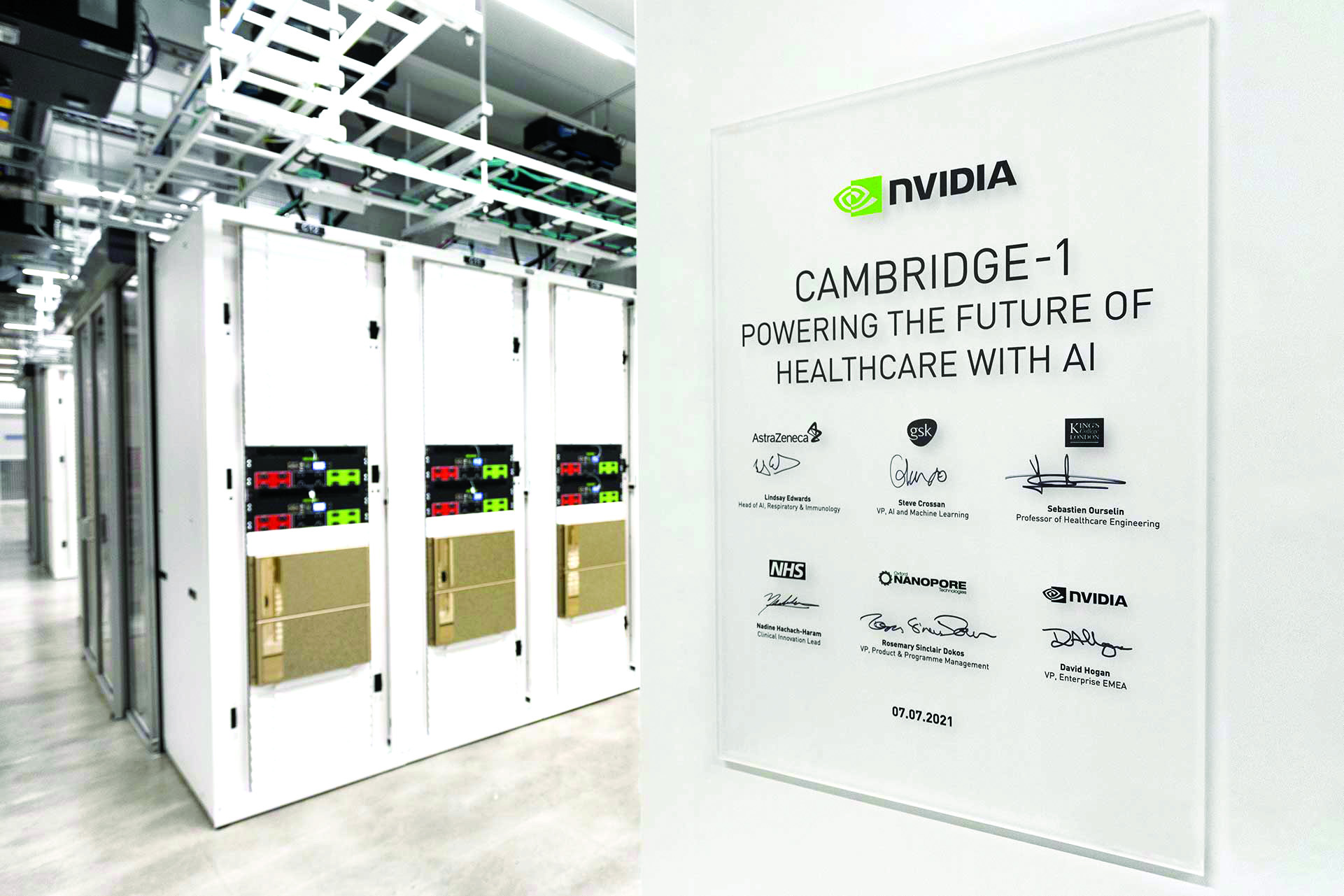
The future of artificial intelligence (AI) in medicine is in Cambridge – and it’s superfast. Nvidia has unveiled Cambridge-1, the most powerful supercomputer in the UK and among the top 50 globally, installed during the pandemic at a cost of $100 million (£73 million) to the GPU giant.
The aim isn’t just to sweeten Nvidia’s acquisition of British chipmaker ARM, but to show off its DGX SuperPOD scalable computing setup for AI – and help power the future of medicine. “Cambridge-1 will empower world-leading researchers in business and academia with the ability to perform their life’s work on the UK’s most powerful supercomputer, unlocking clues to disease and treatments at a scale and speed previously impossible in the UK,” said Jen-Hsun Huang, CEO of Nvidia, at the launch of the new supercomputer.
“The discoveries developed on Cambridge-1 will take shape in the UK, but the impact will be global, driving groundbreaking research that has the potential to benefit millions around the world.”
Cambridge-1 is named in honour of the city where genomics and computing got its start, but it’s also where Nvidia plans to base its UK HQ. “Cambridge-1, and our purchase of ARM, is our giant investment in the UK, giving us a platform to work with the amazing universities, companies, and over 1,000 AI startups in this community,” said Huang.
Scalable supercomputing
With eight petaflops of Linpack performance, Cambridge-1 is the UK’s fastest supercomputer, just pipping the previous leader run by the Met Office. How has Nvidia, more famous for its gaming GPUs, achieved this feat? The answer lies two decades in the past, when researchers struggling with machine learning started trialling Nvidia’s hardware for their AI projects, sparking a boom in AI that continues today. Nvidia has since started developing custom hardware for AI tasks, including the Ampere processor at the core of Cambridge-1.
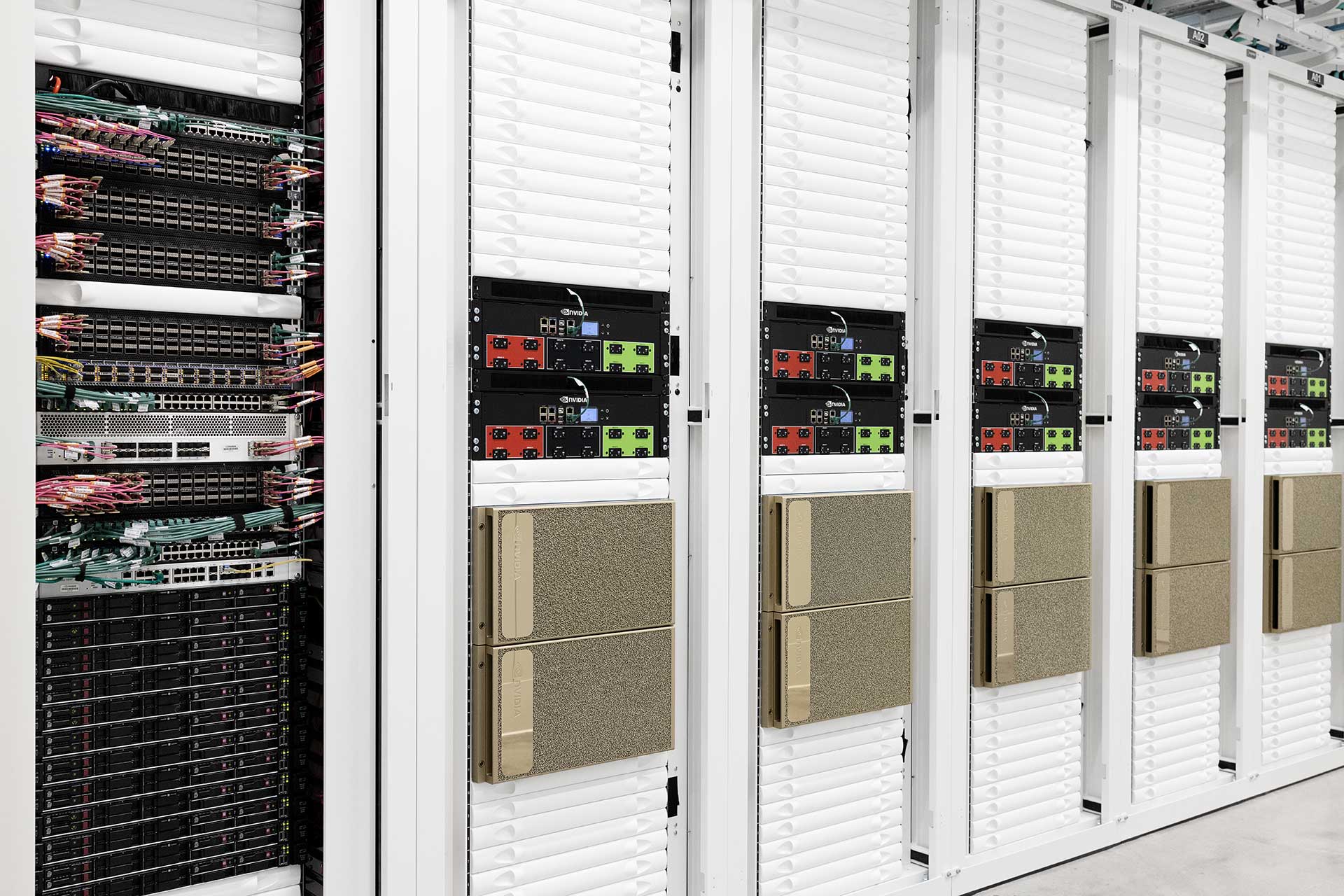
The key building block is Nvidia’s AI-system-in-a-box, the DGX. It features eight A100 Ampere GPUs as AI accelerators, alongside a 128-core AMD CPU, and includes networking and storage as well as AI software and models. The idea is that an organisation can easily scale its AI efforts by plugging together multiple DGX modules; the SuperPOD upon which Cambridge-1 is based stacks 80 together in one package, for a supercomputer in a box.
What’s intriguing about Cambridge-1 is that it’s the first Nvidia supercomputer that’s been made available for use outside of the company itself. The chipmaker has previously built supercomputers for its own uses, such as developing new GPU technology, but the Cambridge-1 is the first created for outside partners.
Sign up today and you will receive a free copy of our Future Focus 2025 report - the leading guidance on AI, cybersecurity and other IT challenges as per 700+ senior executives
The Cambridge-1 isn’t actually in Cambridge, however. To enable the supercomputer to be powered by renewable energy, it’s situated at green hosting provider Kao Data’s location in Harlow, Essex.
Future of medicine
RELATED RESOURCE
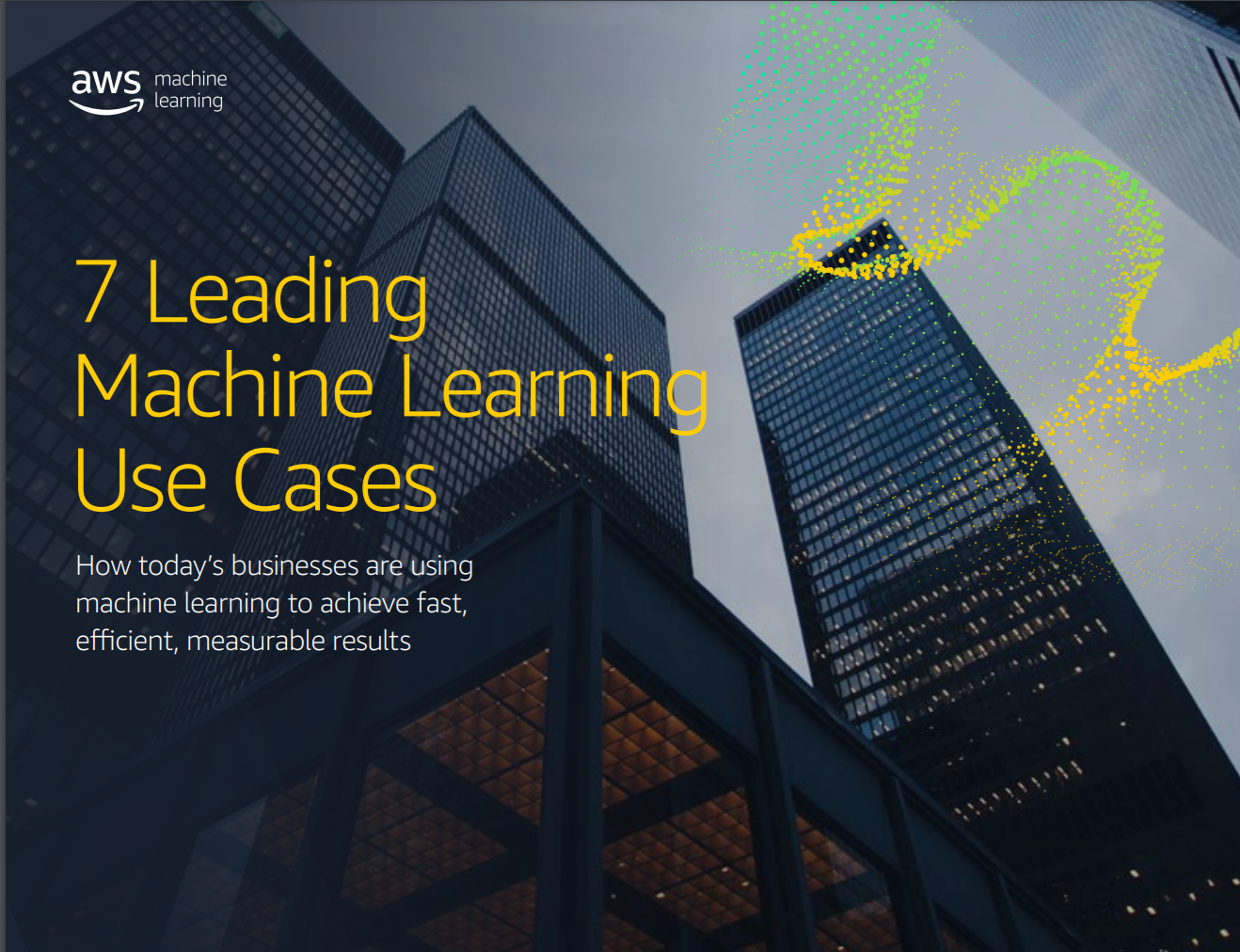
Seven leading machine learning use cases
Seven ways machine learning solves business problems
AI is increasingly assisting medicine in myriad ways, from scanning images to spot symptoms of cancer to sifting through data to identify patterns that can guide research into diseases such as dementia. It also develops models to help create new drugs. However, ethics and safety concerns mean development must be done carefully.
Right now, there are “two core problems”, said Sebastien Ourselin, head of the School of Biomedical Engineering and Imaging Sciences at King’s College London. One is access to data, and the other is access to the computing power needed to process it.
On the first problem, industry and the NHS need to work closely together to increase accessibility to relevant data, an area that’s been fraught in the UK because of privacy concerns. Ourselin noted that it’s key to ensure that AI is developed using unbiased datasets that represent the demographics of the local population. Otherwise, it won’t work for everyone.
The second problem is a growing one. The latest AI systems can do incredible things thanks to ever-more sophisticated models and massive datasets. But they demand a lot more computing resources than older, simpler systems. “The power of your computer limits you,” said Lindsay Edwards, vice president of data science and AI, respiratory and immunology, biopharmaceuticals R&D at AstraZeneca. “If it takes you three weeks to train a model, your ability to hone that model is really difficult – you need to be able to iterate quickly.”
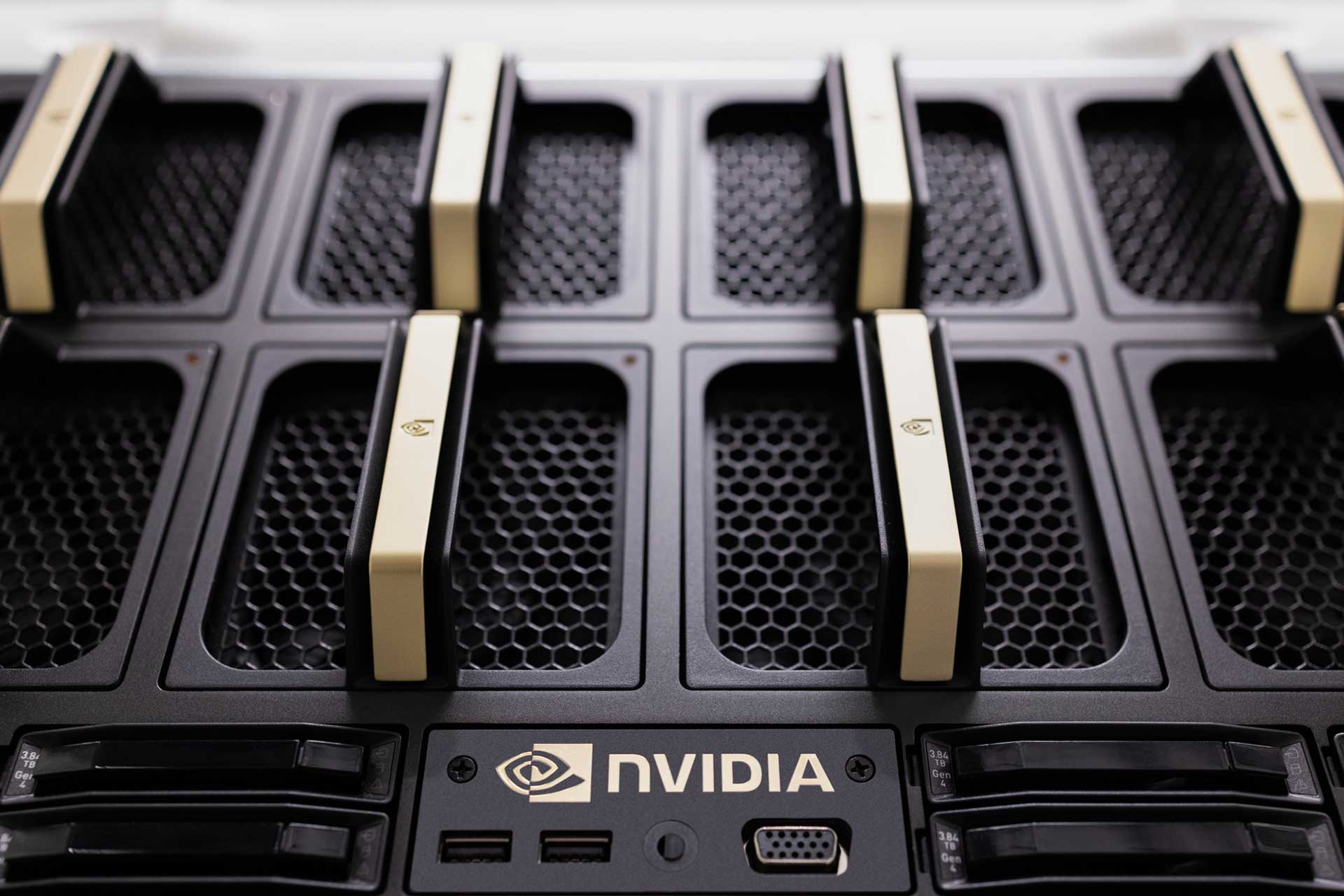
Hence the eagerness of medical organisations to have a go on Cambridge-1. Access to this supercomputer could spark a leap forward in advanced medical modelling, finally allowing faster breakthroughs in drugs, genomics and understanding of diseases.
The first projects to access Cambridge-1 include drug discovery and medical imaging with AstraZeneca, genetics and health predictions with GSK and genomic sequencing with Oxford Nanopore Technologies. It will also generate synthetic brain images for King’s College London and Guy’s and St Thomas’ NHS Foundation Trust to power research into dementia, strokes, cancer and multiple sclerosis.
“Some of the first projects slated for the supercomputer are using AI to sequence genomics, discover novel drugs, and to unlock the mysteries of dementia by studying MRI scans,” said Huang.
AstraZeneca and drug discovery
AstraZeneca has had plenty of attention lately thanks to its production of the Oxford-developed COVID-19 vaccine, which was being jabbed into arms less than a year after the pandemic hit – and AstraZeneca is hoping that Cambridge-1 will accelerate future drug decvelopment. The pharmaceutical giant is using a new transformer-based neural network architecture to predict reactions to drugs and optimise the development process. It’s a pioneering approach because the network will effectively train itself: just as a natural language processing AI will learn the basic rules of language by “reading” as much text as possible, this system is aiming to learn the rules of chemistry, Edwards explained.
AstraZeneca is also running a trial looking at digital medical images, hoping to apply a trained algorithm to annotate images of tissue samples, while also looking for anything that could signal a drug reaction. “One of the challenges with digital pathology is that the images are huge. The files are incredibly large,” Edwards said. “What we’ve done in the past is break those files up and train models on those – but that comes with a whole host of problems. Computation on the scale of Cambridge-1 allows us to do whole-slide image processing, which is really transformational.”
Genetics, GSK and Oxford Nanopore
Elsewhere, GSK and Oxford Nanopore are both working on genetics and genomics projects, in the hopes of better understanding disease and potential treatments. GSK is using AI to better understand biology using genetic evidence, to not only develop drugs more quickly but also better understand when and how to use treatments. “We know that medicines which have genomic evidence behind them are twice as likely to succeed and result in successful medicines for patients,” said , Steve Crossan, VP for AI and machine learning at GSK.
Oxford Nanopore meanwhile is using Cambridge-1 to run a model originally developed for speech recognition, to examine biological markers that aren’t yet well understood. “There’s an enormous amount of work that goes into not just accelerating understanding what those markers are, and how you call them and how you get them working reproducibly, but how they impact health,” said Sinclair Dokos. The hope, she added, is that access to Cambridge-1 will let Oxford Nanopore speed up its algorithm development, leading to more accurate genomic analysis.
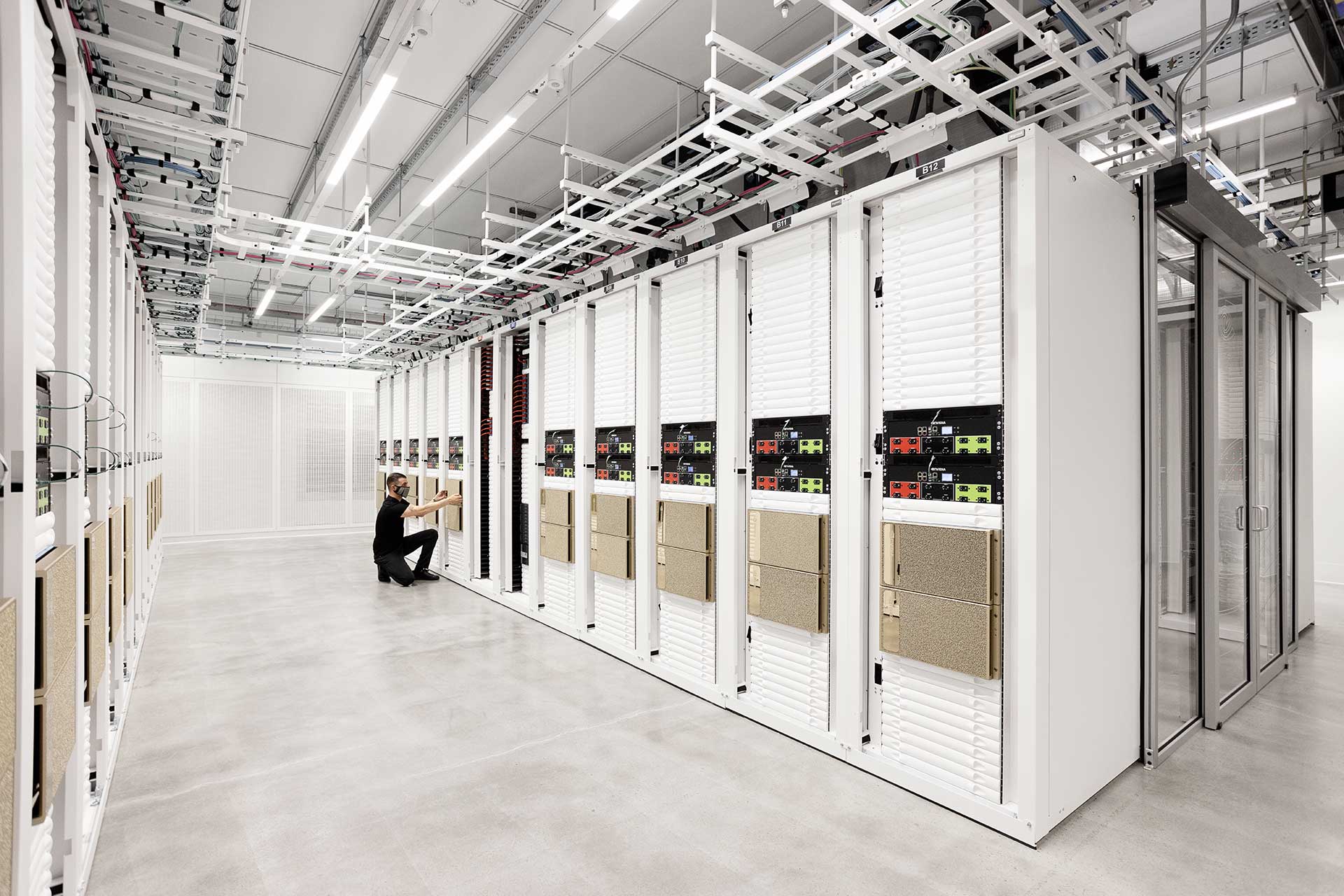
Brain scans for research
King’s College London and Guy’s and St Thomas’ NHS Foundation Trust are working to better understand brain diseases such as dementia, stroke, multiple sclerosis and cancer, with the aim of speeding up diagnosis and improving treatment. The model will be trained on tens of thousands MRI scans to teach it how to simulate brain images with features such as age or disease, giving researchers more material to work with.
“By generating so many images, you can create a situation where you are absolutely certain that you have all the possibilities of how a brain will look if it’s healthy,” explained Ourselin. “But what you could do as well is start to generate the same amount of data for a specific disease, and then start to understand the progression of the disease.”
These are only the initial projects: the aim is for Cambridge-1 to push British AI-based medical research to the forefront. “Cambridge-1 [allows us] to try things out that we couldn’t try before,” said Edwards. It could even help develop the field of personalised medicine, according to Ourselin: “By comparing in-depth information of a specific patient with the entirety of the population, and 20 years or 30 years of data, we will be able to do better precision medicine,” he said.
Nadine Hachach-Haram, clinical innovation lead at Guys and St Thomas’, predicts that finding new drugs and treatments will unquestionably change the pharmaceutical industry. But there’s more: “The even more exciting thing for me is reimagining healthcare where we’re bringing together cutting-edge life sciences innovation and compute power, to ultimately enable us to do what we’re all here trying to do: deliver the best care to our patients.”
Freelance journalist Nicole Kobie first started writing for ITPro in 2007, with bylines in New Scientist, Wired, PC Pro and many more.
Nicole the author of a book about the history of technology, The Long History of the Future.
-
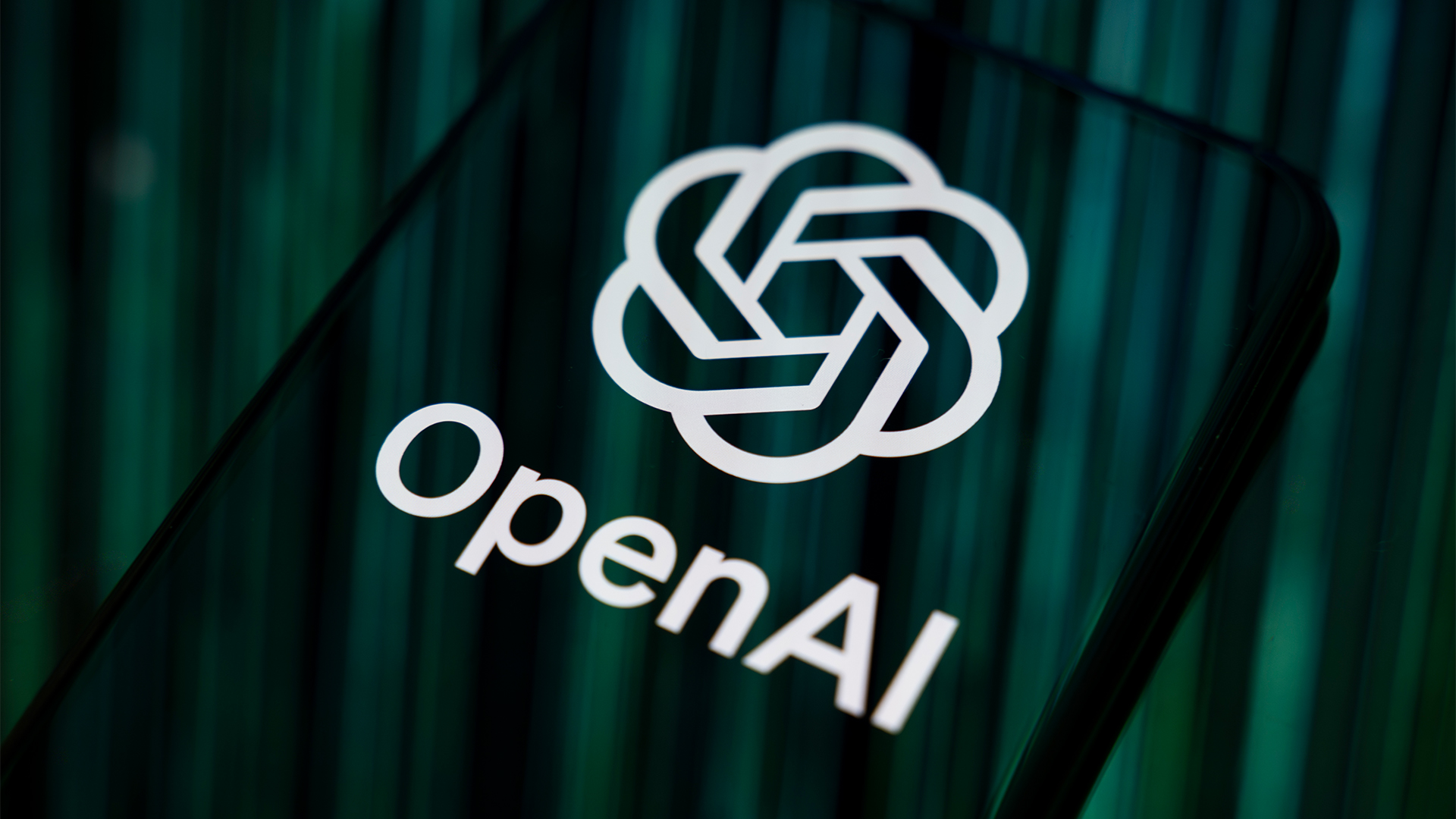 OpenAI says GPT-5.2-Codex is its ‘most advanced agentic coding model yet’
OpenAI says GPT-5.2-Codex is its ‘most advanced agentic coding model yet’News GPT-5.2 Codex is available immediately for paid ChatGPT users and API access will be rolled out in “coming weeks”
-
 NHS supplier DXS International confirms cyber attack – here’s what we know so far
NHS supplier DXS International confirms cyber attack – here’s what we know so farNews The NHS supplier says front-line clinical services are unaffected
-
 NHS set for huge tech investment boost in latest spending review
NHS set for huge tech investment boost in latest spending reviewNews The government spending review will fund the NHS App, the single patient record, the Federated Data Platform, and other initiatives
-
 Learning and operating Presto
Learning and operating Prestowhitepaper Meet your team’s warehouse and lakehouse infrastructure needs
-
 Four ways AI is helping knowledge workers excel
Four ways AI is helping knowledge workers excelCase Study From medical diagnostics to mining and exploration, many industries are using AI to make their workers more effective
-
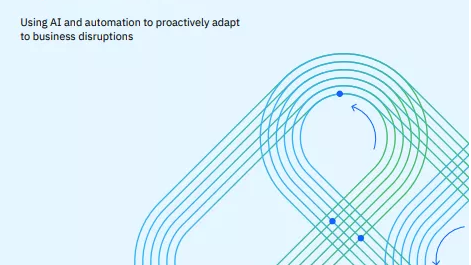 How to help IT manage itself with autonomous operations
How to help IT manage itself with autonomous operationsWhitepaper Using AI and automation to proactively adapt to business disruptions
-
 Green Quadrant: Enterprise carbon management software 2022
Green Quadrant: Enterprise carbon management software 2022Whitepaper Detailing the 15 most prominent carbon management software vendors to see if they fit your requirements
-
 insideBIGData: Guide to energy
insideBIGData: Guide to energyWhitepaper How big data can help energy companies manage intense disruption
-
 Machine learning vs statistics: What’s the difference?
Machine learning vs statistics: What’s the difference?In-depth Both machine learning and statistics involve collecting datasets, building models and making predictions, but they differ in approach
-
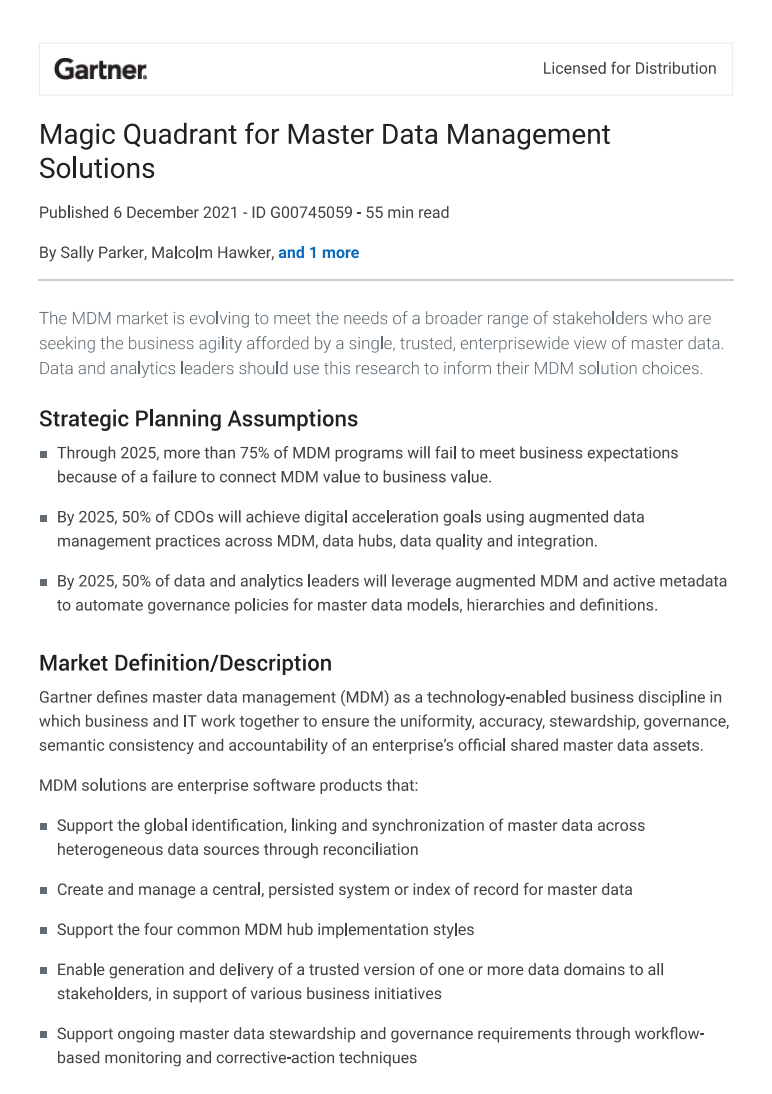 Magic quadrant for master data management solutions
Magic quadrant for master data management solutionsWhitepaper Informing your MDM solution choices
